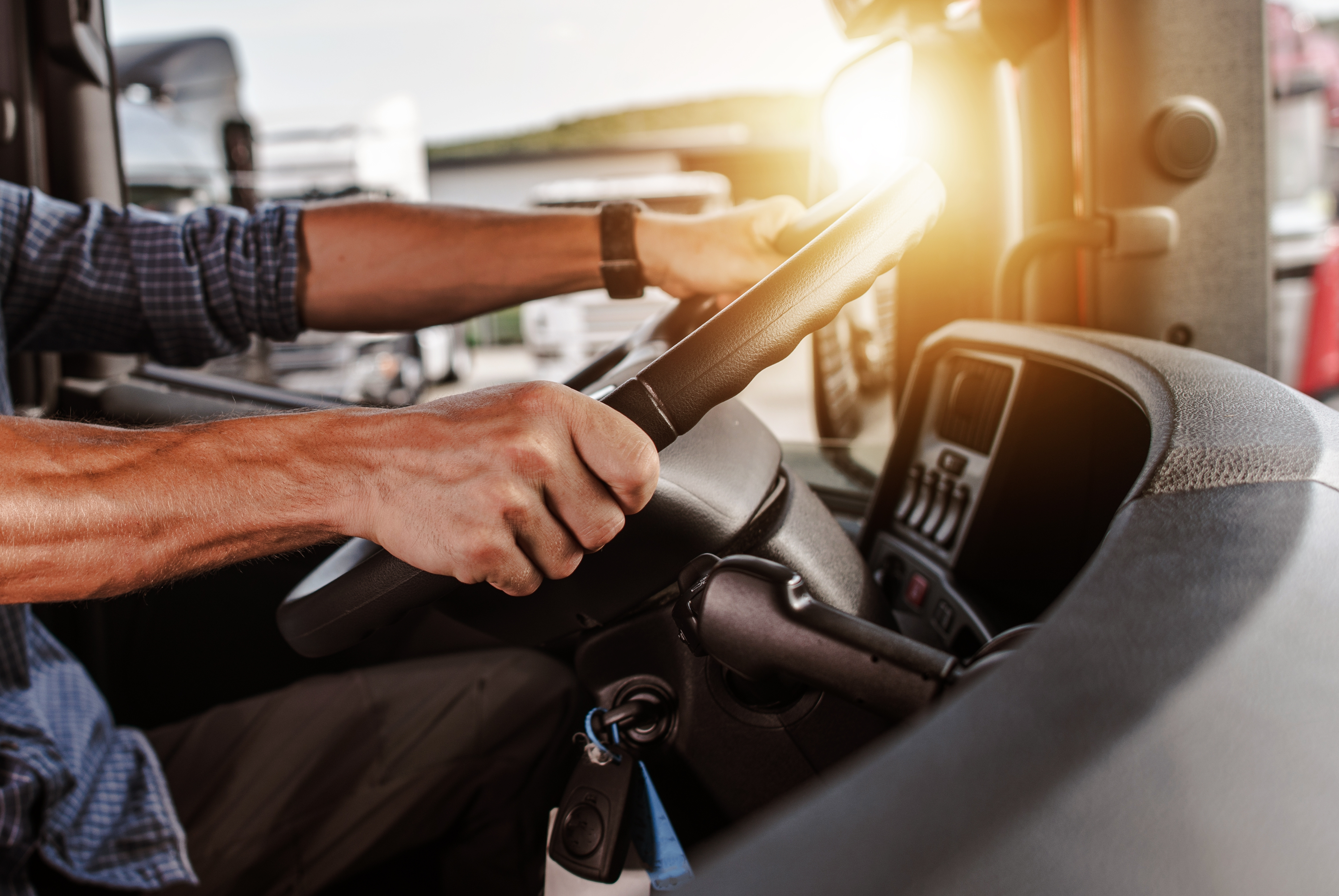
Miranda Blake
Účet Dart Charge - zjednodušte si platby
Vytvorené: 08. 11. 2024
•
Aktualizované: 21. 12. 2025
Pochopenie zložitostí systému Dart Charge je nevyhnutné na zabezpečenie bezproblémového a nákladovo efektívneho používania Dartfordského priechodu. Oboznámenie sa s možnosťami platby, správou účtu a možnými nástrahami vás môže ušetriť zbytočných pokút a bolesti hlavy.
Pochopenie systému nabíjania šípok
Dartfordský priechod, ktorý je dôležitý pre komerčnú dopravu, je riadený sofistikovaným elektronickým platobným systémom známym ako Dart Charge. Tento inovatívny systém bol zavedený s cieľom zvýšiť efektívnosť výberu mýta, odstrániť potrebu tradičných mýtnych búdok a umožniť vodičom predplatiť alebo zaplatiť online do konca dňa.
Vysvetlenie šípkového náboja
Zaujíma vás, čo presne je Dart Charge? Ide o spôsob platby za Dartford Crossing. Systém bol zavedený s cieľom zlepšiť plynulosť dopravy a poskytnúť používateľom pohodlnejšie platenie.
Prechod cez Dartford Crossing: možnosti platby
Pri platení poplatku Dart Charge majú vodiči tri základné možnosti:
- Predplatený účet: Zákazníci si môžu zriadiť predplatený účet, ktorý ponúka automatizovanú fakturáciu a zvýhodnenú sadzbu za prechod. Takýto bezproblémový prístup zabezpečuje bezproblémové vykonávanie platieb, pričom z účtu sa automaticky strháva suma za každý prechod.
- Jednorazové platby: Pre tých, ktorí nemajú predplatený účet, je k dispozícii možnosť platiť online, telefonicky alebo na predajných miestach Payzone. Platby je možné vykonať vopred alebo do polnoci nasledujúceho dňa.
- Bezplatné prechody: Prechod Dartford Crossing je v čase od 22:00 do 6:00 hod. bezplatný, čo predstavuje cenovo výhodnú možnosť pre nočné cesty.
Sadzby poplatku Dart Charge: pochopenie nákladov
Ste zvedaví, aké sú sadzby poplatkov za šípky? Tie sa líšia v závislosti od triedy vozidla a od toho, či má zákazník predplatený účet alebo platí jednorazovú platbu. Tu je rozpis aktuálnych poplatkov:

Ďalšie tipy týkajúce sa platieb a iných aspektov pre nových vodičov si môžete prečítať tu](https://snapacc.com/newsroom/trucking-101-five-top-tips-for-new-drivers/).
Správa vášho účtu Dart Charge
Vedenie účtu Dart Charge je veľmi dôležité, aby ste sa vyhli pokutám a zefektívnili svoje prechody. Preskúmame kľúčové aspekty správy účtu.
Nastavenie účtu Dart Charge
Zriadenie účtu Dart Charge je jednoduchý proces. Zákazníci môžu navštíviť oficiálnu webovú stránku Dart Charge, kliknúť na "Začať teraz" a vybrať možnosť "Prihlásiť sa alebo zriadiť účet Dart Charge". Prípadne si môžu otvoriť predplatený účet stiahnutím a odoslaním formulára žiadosti.
Prihlasovanie a resetovanie hesiel
Prístup k vášmu kontu Dart Charge si vyžaduje e-mailovú adresu zaregistrovanú na konte. Ak ste zabudli svoje heslo, odkaz na prihlasovacej stránke vás prevedie procesom vytvorenia nového hesla.
Aktualizácia osobných údajov a informácií o vozidle
Zmenu svojho mena, adresy alebo evidenčných čísel vozidiel súvisiacich s vaším účtom môžete vykonať tak, že sa prihlásite do svojho účtu Dart Charge, prejdete do sekcií "Správa účtu" a "Profil" alebo "Správa vozidla" a vykonáte potrebné aktualizácie.
Zobrazenie histórie prechodu a výpisov
Zákazníci si môžu prezrieť históriu prejazdov a výpisy z účtu po prihlásení do svojho účtu Dart Charge. Táto funkcia umožňuje sledovať používanie a zabezpečiť, aby boli všetky platby správne zaznamenané.
Spiace a pozastavené účty
Ak sa vaše konto Dart Charge stane neaktívnym z dôvodu chýbajúcej registrácie vozidla, platného spôsobu platby alebo nedávnych prejazdov, môžete ho opätovne aktivovať vyriešením základného problému. Podobne aj pozastavený účet môžete zrušiť doplnením zostatku alebo vykonaním platieb za všetky neuhradené prejazdy.
Zatvorenie účtu Dart Charge
Keď je čas zatvoriť účet Dart Charge, môžete to urobiť tak, že sa prihlásite, prejdete do časti "Správa účtu" a vyberiete možnosť "Zatvoriť účet". Akýkoľvek zostávajúci zostatok bude vrátený rovnakým spôsobom platby.

Platby za Dartford Crossing pomocou SNAP
Účet SNAP ponúka pohodlné riešenie, ktoré poskytuje vodičom a prevádzkovateľom vozového parku niekoľko výhod.
Bezproblémový proces platby
Systém automaticky spracuje platbu za každý prechod, takže nie je potrebné pamätať na platbu ani priamo komunikovať so spoločnosťou Dart Charge.
Zaručená platba načas
Nikdy vám nebude účtovaný poplatok za oneskorenú platbu. Vyhnete sa tak prípadným pokutám alebo penále spojeným s omeškanými alebo oneskorenými platbami a budete mať pokoj na duši.
Konsolidovaná fakturácia
Zjednodušíme vám finančnú správu tým, že transakcie na Dartford Crossing zahrnieme do tej istej faktúry ako ostatné činnosti na účte SNAP. Takáto konsolidácia uľahčuje sledovanie a správu vašich výdavkov.
Úspora času
Automatizáciou platobného procesu šetríme vodičom drahocenný čas. Nie je potrebné zastavovať a vykonávať jednotlivé platby alebo pamätať na platbu do polnoci nasledujúceho dňa, ako je to potrebné pri priamej platbe prostredníctvom štátneho systému Dart Charge.
Integrácia s inými službami
Naša služba Dartford Crossing je súčasťou širšieho ekosystému služieb cestnej dopravy. Táto integrácia umožňuje používateľom spravovať viaceré aspekty ich cesty vrátane parkovania, umývania a tankovania prostredníctvom jedinej platformy.
Kontrola nákladov pre prevádzkovateľov vozového parku
Podnikom, ktoré spravujú viacero vozidiel, poskytujeme efektívny spôsob kontroly a monitorovania výdavkov na Dartford Crossing. Konsolidovaný systém fakturácie a automatizovaných platieb pomáha zefektívniť účtovné procesy a znížiť administratívnu záťaž spojenú so správou jednotlivých prechodov. Využitím účtu SNAP na platby za Dartford Crossing môžu vodiči a prevádzkovatelia vozových parkov využívať efektívnejšie, spoľahlivejšie a bezstresové služby pri využívaní tohto kľúčového dopravného spojenia.
Chcete sa dozvedieť viac o tom, ako ušetriť peniaze na cestách? Pozrite si náš článok Tipy na úsporu paliva spolu s naším Sprievodcom vodiča nákladného vozidla pri tvorbe rozpočtu.



